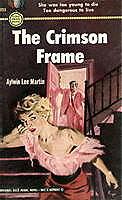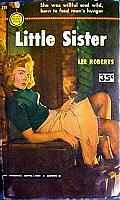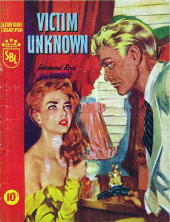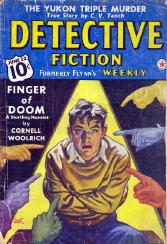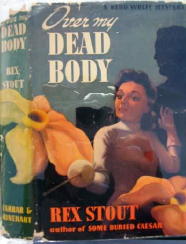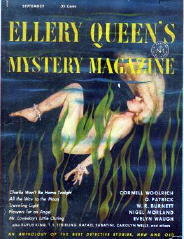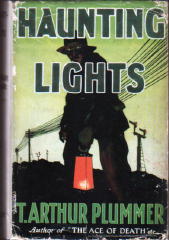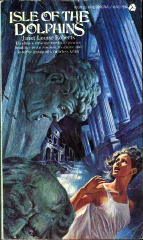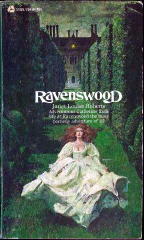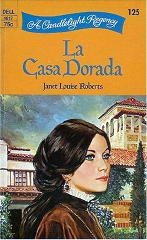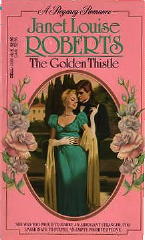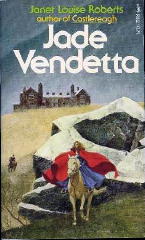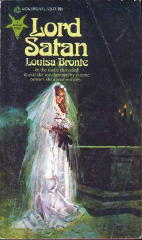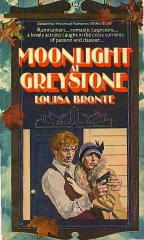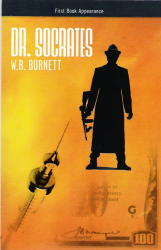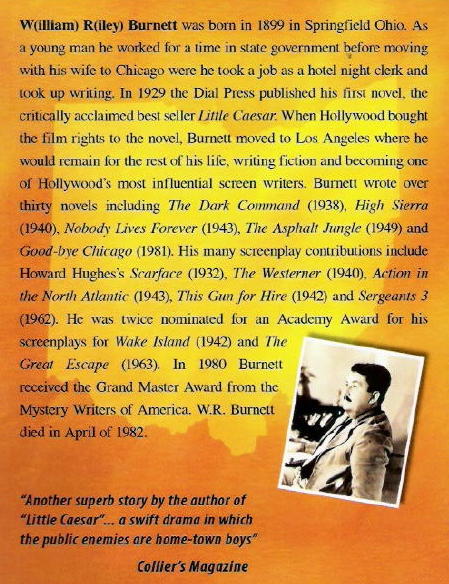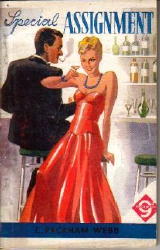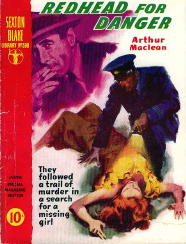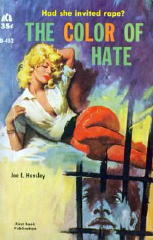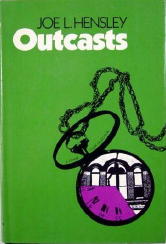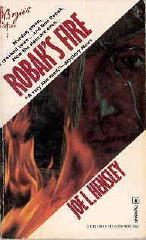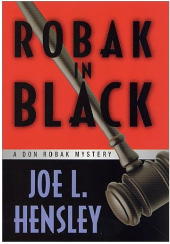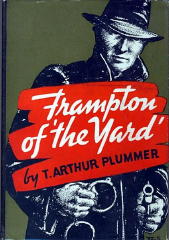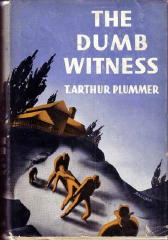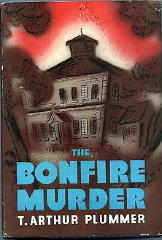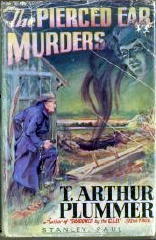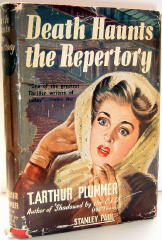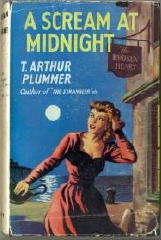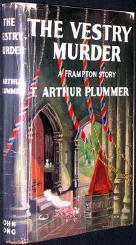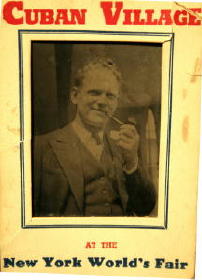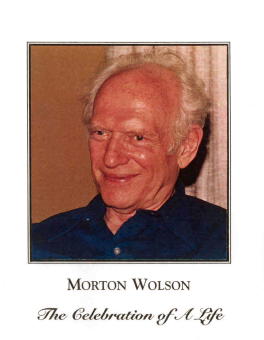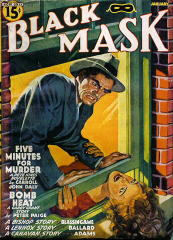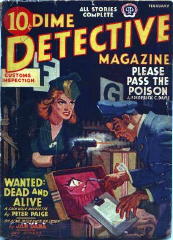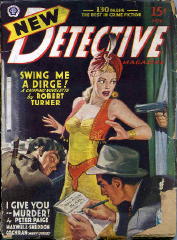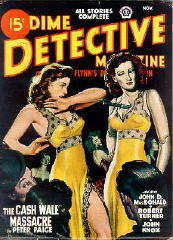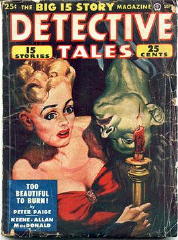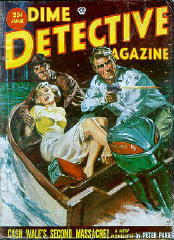Morton Wolson, 1913-2003, or Peter Paige, as he was known when he was writing for the detective pulps, has come up for discussion several times in these pages. The first time was a review I did of his only full-length novel, Nightmare Blonde (Pocket, 1988). In the course of the review I included everything I knew about the author at the time.
The second time came soon thereafter, when Morton’s son Peter spotted the review and sent me an email that provided quite a bit more information about him.
After reading both of these entries on the blog, pulp enthusiast and collector Walker Martin emailed me to tell the story of how he tracked down Morton Wolson in the 1980s and had a long afternoon’s conversation with him about his days in the pulps.
Peter has kept in touch with me in the weeks since, and he recently sent me a couple of photos of his father, which of course I’m very pleased to be able to show you here.
This first one was taken when he was a bouncer at the Cuban Village in the New York 1939 World’s Fair, as he looked when he wrote his first piece for Black Mask, “I Guard Nudes.”
Peter adds that this occurred shortly after he returned from fighting against Franco in the Spanish Civil war, in which he was a member of the Lincoln Brigade, had been appointed Chief Cadre officer, and then was a partisan fighter in the Basque country, blowing bridges and trains, as depicted in Hemingway’s For Whom the Bell Tolls.
This next one is the one used at his memorial services at the time of his death.
If you follow the links back to the previous entries, you’ll find that Morton’s stories under his own name have been discussed previously. This time around you’ll find a complete list of all of the pulp fiction that he wrote as Peter Paige, beginning with the previously mentioned “I Guard Nudes,” (Black Mask, Sept 1939) a story about security measures at a NY World’s Fair sideshow featuring scantily clad exotic dancers.
Paige’s primary series character was Cash Wale, a hardboiled New York City private eye in the Race Williams vein. His sidekick, Sailor Duffy, is an ex-pug with “scrambled brains” whom Wale watches out for. Lots of violent action, tough talk, and wisecracks, says Bill Pronzini, when I asked him what he recalled about the pair. Dime Detective was the primary venue for the Cash Wale series, but Wale’s very first appearance was in the January 1940 issue of Black Mask, the only time he showed up in that magazine.
The primary source of the data below is the two volume index Mystery, Detective, and Espionage Fiction, by Michael L. Cook and Stephen T. Miller. (Garland, 1988). Additional input came from Bill Pronzini, who provided much of the story information above and assistance when Cook-Miller produced questions I could not answer.
THE PETER PAIGE STORIES —
“I Guard Nudes,” Black Mask, September 1939.
Reprinted in Big Double Feature Magazine, 1#1, circa 1940 as “I Guard Dudes”
FOOTNOTE #1.
“Swastika Scorge,” Black Mask, December 1939.
“Voodoo Frame,” Black Mask, January 1940. CW = Cash Wale.
“The Fatherland of Otto Bloch,” Detective Fiction Weekly, Jan 27 1940.
“Blackout!” Black Mask, February 1940.
“Counterfeit Citizen,” Black Mask, March 1940.
“The Friends of Papa Valdes,” Black Mask, April 1940.
“The Corpse Promoter,” Detective Tales, April 1940.
“My Pop, the Cop,” Detective Fiction Weekly, Apr 27 1940.
“And God Won’t Tell,” Black Mask, July 1940.
“Pick’s Last Crime,” Detective Fiction Weekly, Aug 10 1940.
“Lotta Had a Husband,” Dime Detective, September 1940. CW.
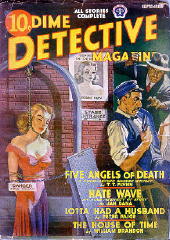
“Pick’s Last Crime,” Detective Fiction Weekly, Oct 26 1940. FOOTNOTE #2.
“Blitzkrieg Bankroll,” Fifth Column Stories, November, 1940.
“They Refuse to Understand,” Detective Fiction Weekly, Dec 7 1940.
“Dopey and theDevil,” Detective Fiction Weekley, Dec 21 1940.
“Treachery Goes to School,” Fifth Column Stories, January, 1941.
“Bomb Heat,” Black Mask, January 1941.
“Wanted: Dead and Alive” Dime Detective, February 1941. CW.
“The Bullet from Nowhere,” Dime Detective, April 1941. CW.
“Lady, Can You Spare a Corpse?” Dime Detective, June 1941. CW.
“Picture Me Dead!” Black Mask, November 1941.
“Local Corpse Makes Good,” Dime Detective, November 1941. CW.
“The Night You Shot Hitler,” Black Mask, February 1942.
“Death Is from Hunger,” Dime Detective, April 1942. CW.
“A Corpse for Cinderella,” Dime Detective, June, 1942. CW.
“Death Is a Souvenir,” Black Mask, August 1942.
“Berlin Papers, Please Copy,” Black Mask, September 1942.
“Joe Is Dead,” New Detective, January 1943.
“Death Stands By,” Dime Detective, February 1943. CW.
“Just a Sample,” Short Stories, May 1943.
“I Give You – Murder!” New Detective, November 1943.
“The Riddle of Papa Rio,” Dime Detective, August 1945. CW.
“Twelve Dead Mice,” Dime Detective, January 1946.
“Guilt-Edged Frame,” Dime Detective, September 1946.
“A Little Corpse Who Wasn’t There,” Dime Detective, December 1946. CW
“Cash in the Chips,” Dime Detective, January 1947. CW
“When a Man Murders,” Dime Detective, March 1947. CW
“Meet Me in Death Alley,” Detective Tales, May 1947. CW
“Death – on the House,” Dime Detective, June 1947. CW
“Softly Creep and Softly Kill!” Detective Tales, August 1947.
Reprinted in Triple Detective, Summer 1953
“The Cash Wale Massacre,” Dime Detective, November, 1947. CW
“The Merry Wives of Murder,” Detective Tales, February 1948.
“Cash Wale’s Brazen Ghost,” Dime Detective, February 1948. CW
“Die, Little Lady,” Detective Tales, March 1948.
“The Sweetest Corpse in Town!” Detective Tales, April 1948
Reprinted in Triple Detective, Fall 1953.
“House in Silence,” Dime Detective, June 1948.
“Too Beautiful to Burn,” Detective Tales, September 1948.
“Cash Wale’s Lethal Lulu,” Dime Detective, October 1948. CW
“The Corpse and I,” Dime Detective, January 1949.
“That Mad, Mean Murder Man,” Detective Tales, March 1949.
“Cash Wale’s Carnival Kill,” Dime Detective, May 1949. CW
“Coffin Cure,” Dime Detective, July 1949.
“Cash Wale’s Second Massacre!” Dime Detective, June 1953. CW
“Adam and Evil!” Detective Tales, August 1953.
“The Watcher” Manhunt, November 1953.
Stories as by MORTON WOLSON: [FOOTNOTE #3]
“The Attacker” Ellery Queen’s MM, January 1954.
“The Glass Room” Ellery Queen’s MM, September 1957.
Nightmare Blonde, novel, Pocket, 1988.
FOOTNOTE #1. Bill Pronzini and I suspect that the altered title is a slip of the finger on the part of Cook-Miller. The single issue of Big Double Feature Magazine consisted of nothing but reprint stories, the westerns from Ranch Romances, the mysteries from Black Mask.
FOOTNOTE #2. The title of this story is the same as that for the August 10, 1940, issue of Detective Fiction Weekly. Neither Bill nor I have either magazine, but one possibility that he suggests is that Paige’s “You’re the Jury” in the November 16, 1940 issue of DFW is listed as #3 in a series of true stories. It could be that “Pick’s Last Crime” was both #1 and #2, a two-parter despite the two-month gap or maybe a followup piece.
[UPDATE] 08-27-08. In the comment he left early this morning after checking his set of DFW, Walker Martin reports that, surprisingly enough, what the magazine did was to publish two separate stories by Paige having the very same title.
FOOTNOTE #3. The first version of this list included only the stories written by Morton Wolson as Peter Paige for the pulp magazines, and somehow the story he did for Manhunt, a digest, was missed. Thanks to Jiro Kimura for catching this. See his comment that follows. Having added the one missing story, I decided to include the three other stories he did under his own name. Compleatness is the goal, after all!
